Upgrading your sports car’s factory exhaust manifolds to performance headers isn’t just for race teams or dyno junkies—it’s one of the most practical ways to unlock real-world gains. From better airflow and power delivery to cooler engine bay temps and improved throttle response, headers offer advantages that go beyond the spec sheet.
Factory manifolds are built for cost and packaging. Headers are built to let your engine breathe. Whether you’re chasing horsepower, prepping for other mods, or just want to feel the car respond better under your right foot, this upgrade earns its spot under the hood.
1. Better Exhaust Flow Equals More Power
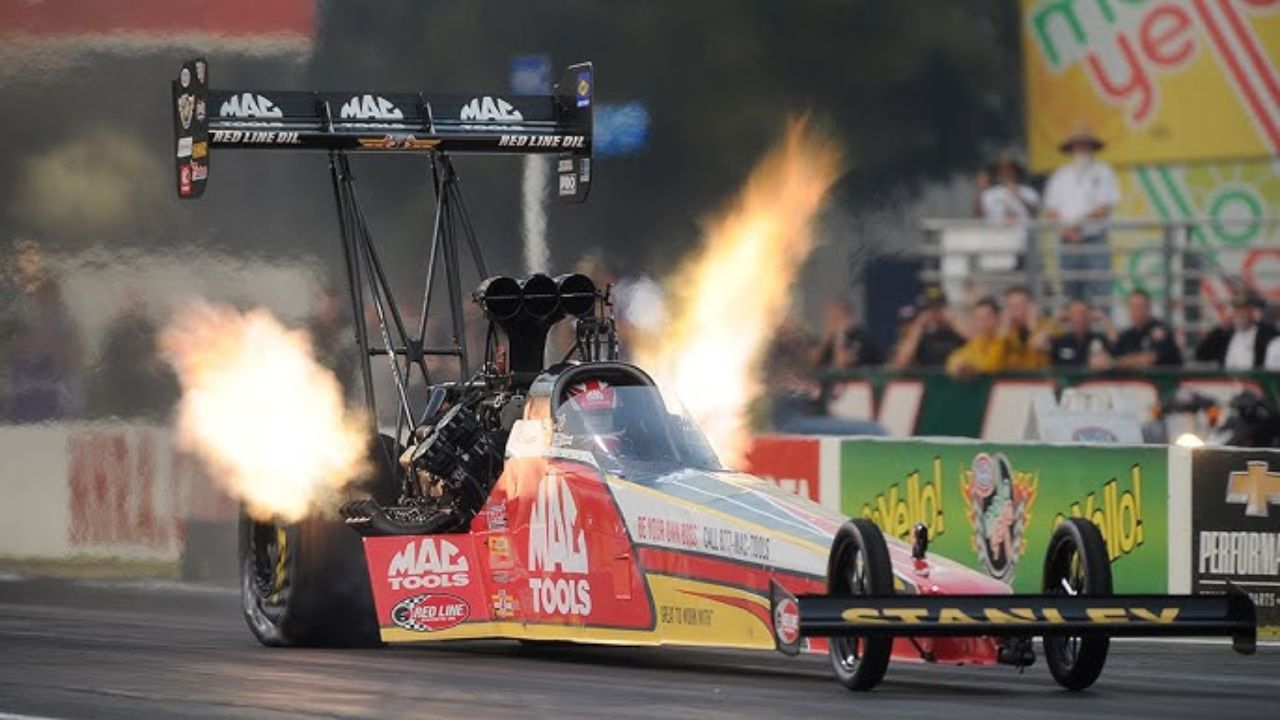
Factory manifolds are designed for packaging and cost—not performance. They’re often cast iron, with short, restrictive paths that force exhaust pulses to compete for space. Headers, on the other hand, use individual primary tubes that merge smoothly into a collector, allowing each cylinder’s exhaust to exit with minimal interference.
This efficient flow reduces backpressure, freeing up horsepower. Depending on the car and setup, you might see gains anywhere from 10 to 30 hp. It’s one of the most straightforward bolt-ons to uncork real engine performance.
2. Torque Gains You Can Feel

Swapping in a well-designed set of headers doesn’t just bump horsepower—it also boosts torque, especially in the mid-range. This is thanks to improved scavenging, where each cylinder helps pull exhaust from the one before it, keeping the engine breathing smoothly.
The result is more usable grunt right where you need it, like pulling out of corners or overtaking. Long-tube headers especially shine here, with some setups delivering torque gains of 20 lb-ft or more. It makes daily driving and spirited runs noticeably more satisfying.
3. Headers Help Reduce Underhood Heat
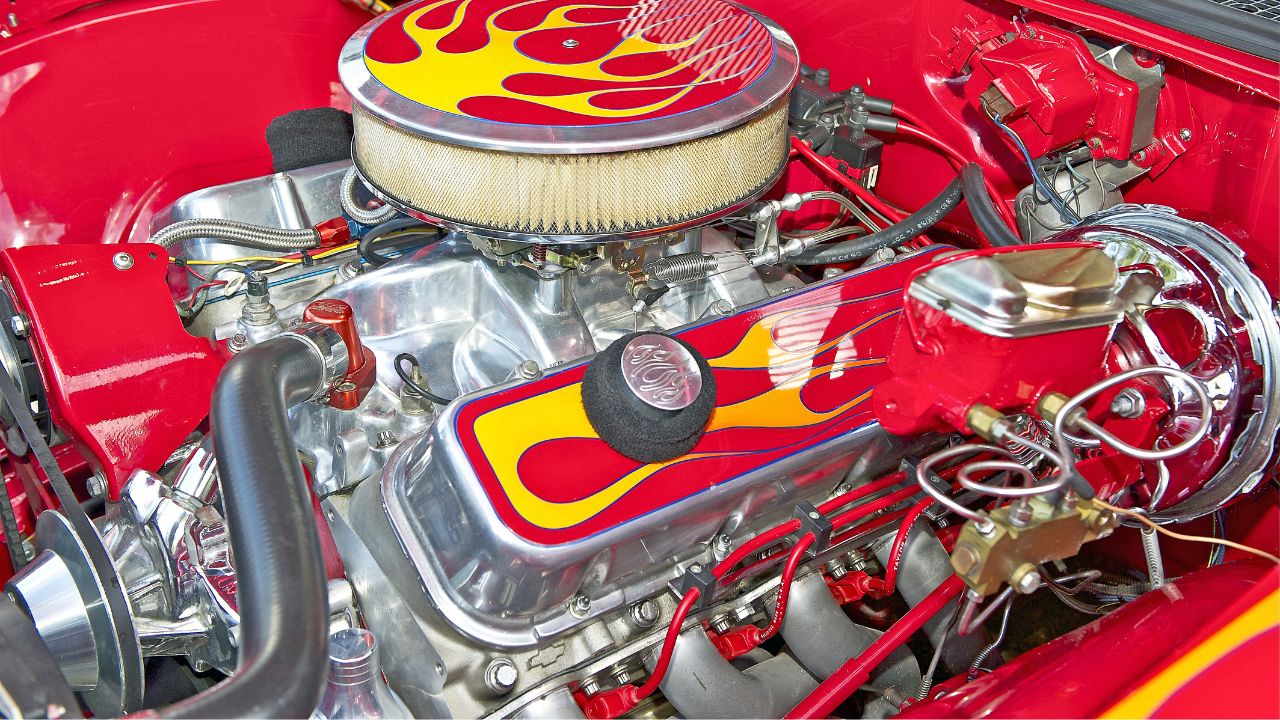
While cast iron manifolds tend to soak and radiate heat, most performance headers are built from stainless steel or ceramic-coated mild steel, helping manage temperatures better. Many even come with thermal coatings or are designed for wrapping.
Lower underhood temperatures help with intake air density, which translates into better combustion and performance. It also reduces stress on wiring, sensors, and plastic components under the hood—especially useful in older sports cars where heat soak can cause reliability issues.
4. Lighter Than Factory Manifolds

Cast iron isn’t just restrictive—it’s heavy. A typical factory manifold setup can add significant weight to the front end. In contrast, aftermarket headers are usually made from lighter materials like stainless or mild steel tubing, shaving off 10 to 30 pounds depending on the car.
That weight savings may not sound huge, but every pound counts when it’s over the front wheels. Less mass means better handling response and slightly improved weight distribution—always welcome in a sports car built for agility.
5. Cleaner, Crisper Exhaust Tone
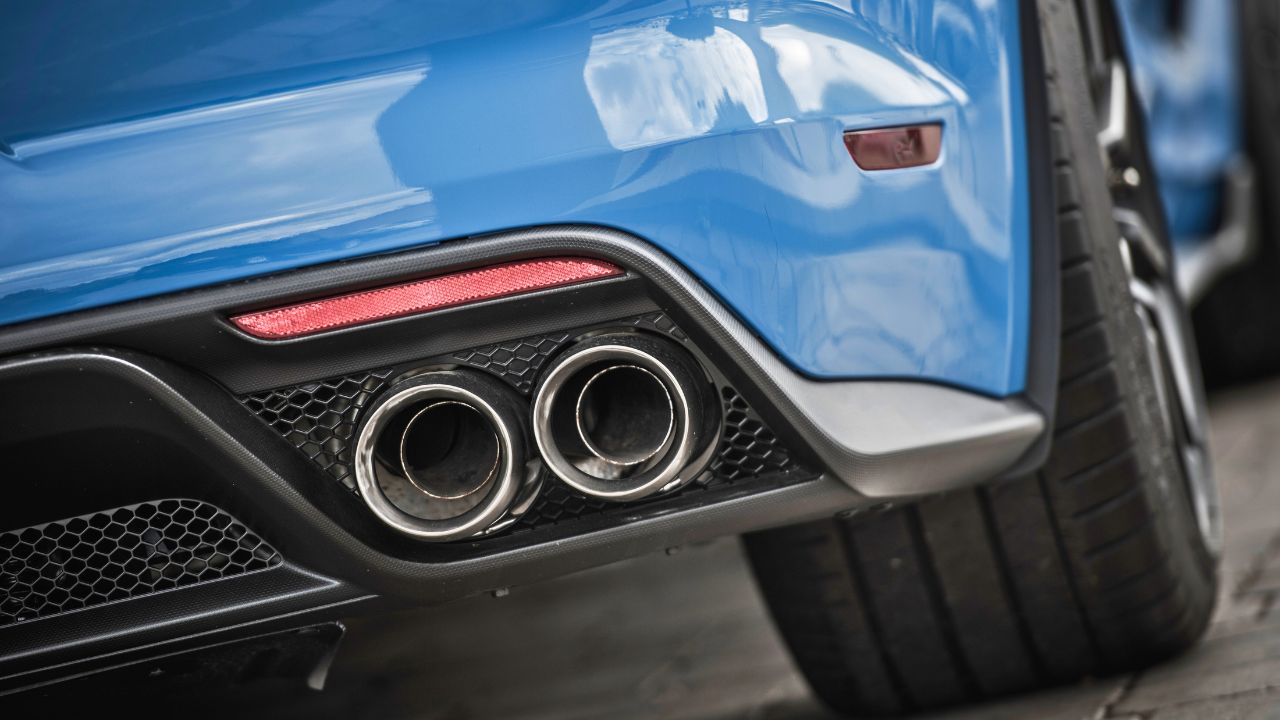
If you want your car to sound like it means business, headers are a great place to start. They give the exhaust note more clarity and definition by eliminating the muffled, raspy tone of factory manifolds.
Whether you’re running long-tube or shorty headers, they tend to give the engine a deeper and more refined voice, especially when paired with a high-flow exhaust. That sharper bark under throttle is one of the reasons many performance builds include headers right from the start.
6. Unlocks Potential for Other Mods
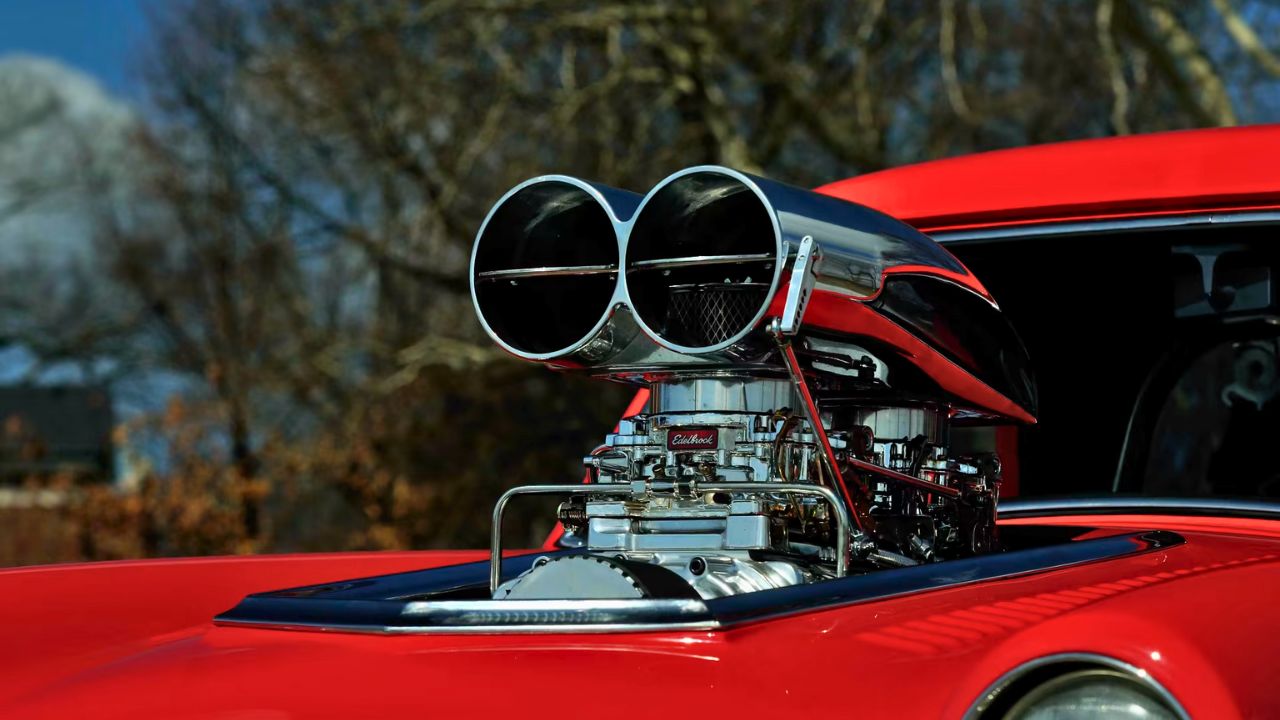
Headers often act as the foundation for a broader set of performance upgrades. If you’re planning to add a camshaft, bigger intake, or even forced induction, you’ll need to address the bottleneck on the exhaust side first.
Freeing up the exhaust lets the engine actually use the air and fuel being delivered by those other upgrades. Without headers, those mods won’t reach their full potential. It’s a critical step in building a well-balanced performance package.
7. Improves Throttle Response

One of the immediate changes most drivers notice after installing headers is snappier throttle response. That’s due to the reduced backpressure and better airflow, which allows the engine to rev more freely.
The improved scavenging effect helps maintain consistent airflow through the cylinders, making the car feel more alive when you crack open the throttle. It doesn’t just feel quicker—it actually is quicker, even before the dyno numbers back it up.
8. A Step Toward Higher RPM Breathing
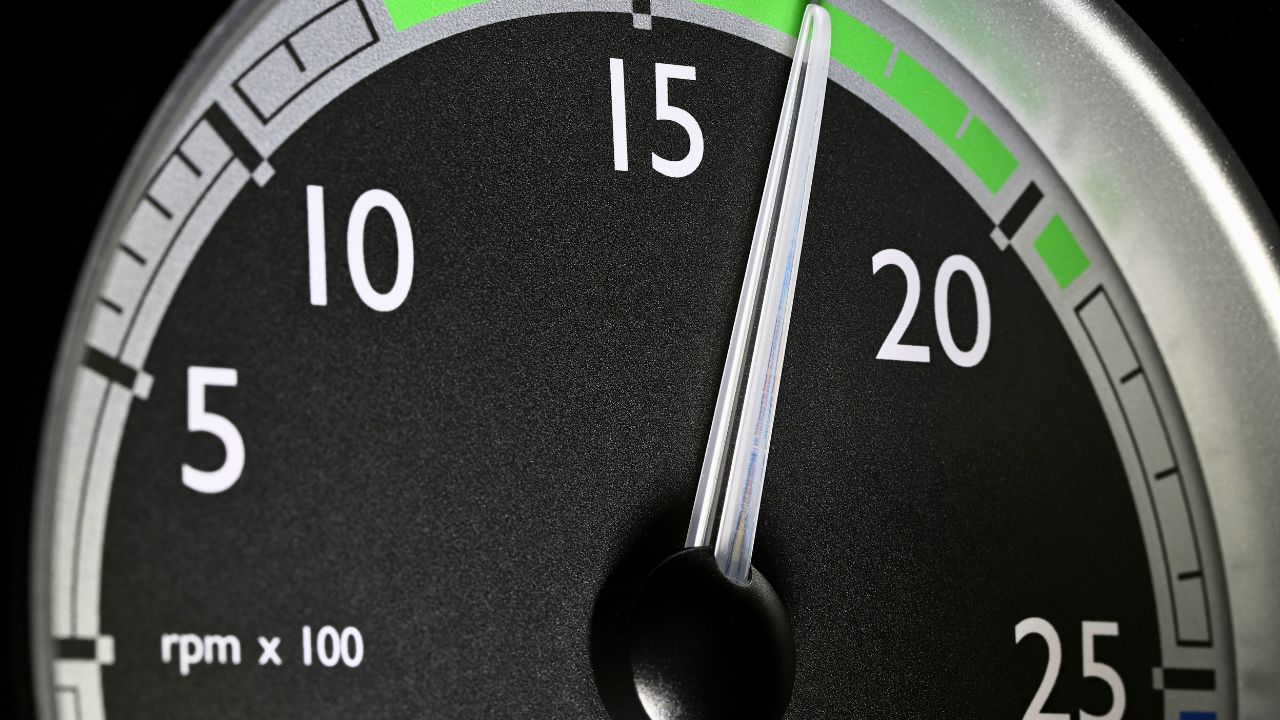
Headers play a big role in how well your engine breathes at higher RPMs. Factory manifolds often choke flow above 5,000 rpm, limiting the engine’s ability to make power at the top end. Aftermarket headers smooth out the airflow curve and keep the power climbing deeper into the rev range.
For high-revving NA builds—especially with solid lifter cams or aggressive valve timing—headers are non-negotiable. They help your car pull strong all the way to redline without the usual flattening at the top.
9. Long-Tube vs. Shorty Options
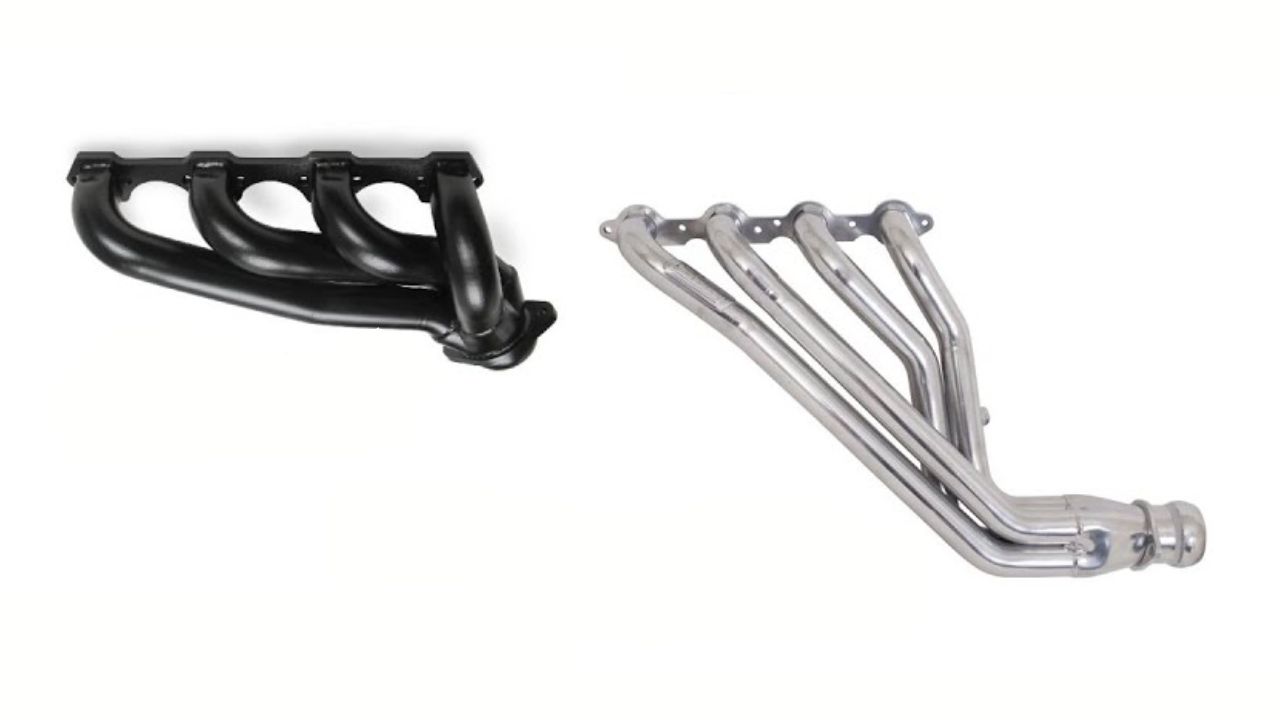
Not all headers are the same, and choosing between long-tube and shorty versions matters. Long-tube headers generally offer better top-end gains and torque across a wider range. Shorty headers tend to work best as a direct replacement, giving a modest bump in mid-range power and a better sound.
What you choose depends on your build goals, emissions needs, and space under the hood. But either option will outflow stock manifolds, offering tangible gains in performance and sound quality.
10. They’re Just Plain Fun to Install

Let’s be honest—part of the appeal is getting under the car and making it yours. Installing headers isn’t always easy, but it’s one of the more satisfying DIY upgrades. You get to see the hardware, hear the change, and feel the difference every time you drive.
It also builds a better connection to your car. Headers aren’t a visual mod; they’re about performance, and performance never goes out of style. For gearheads, few bolt-ons offer this much bang for the effort.
Like Fast Lane Only’s content? Be sure to follow us.
Here’s more from us:
*Created with AI assistance and editor review.

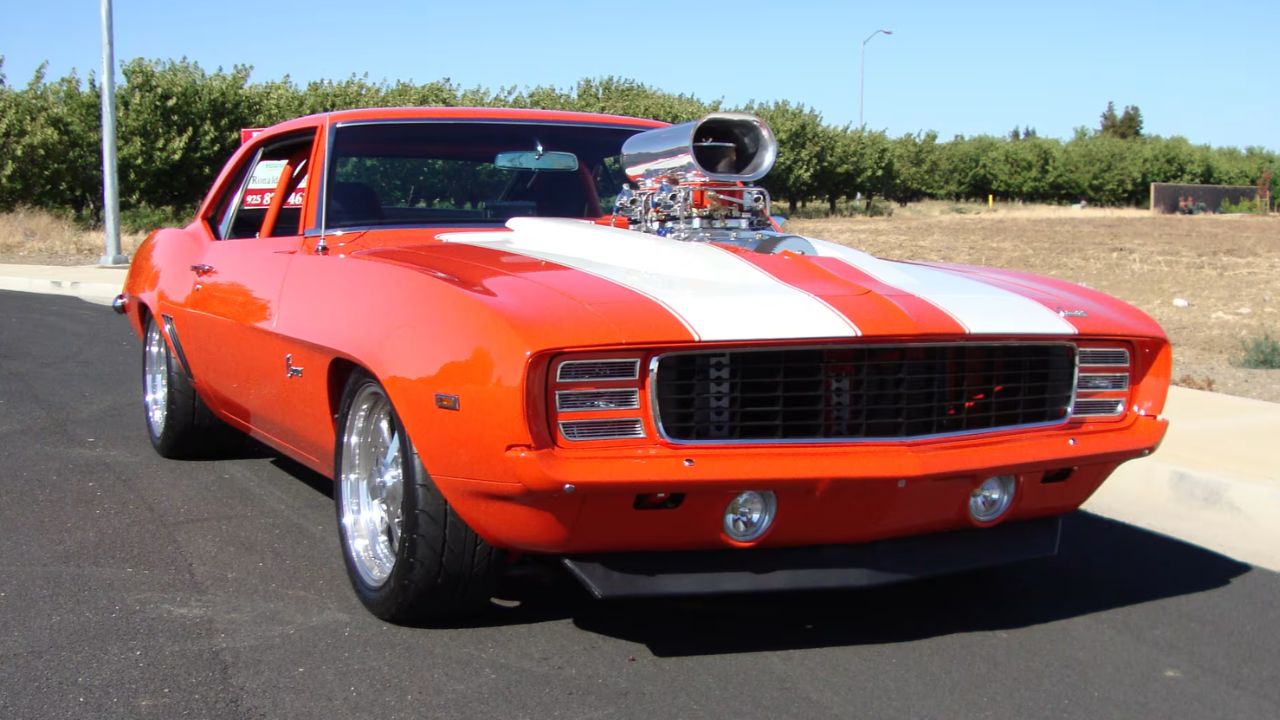





Leave a Reply